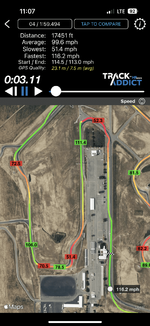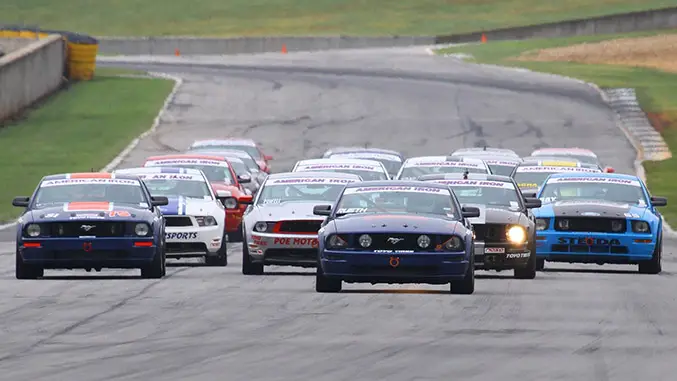Fabman
Dances with Racecars
- 6,553
- 8,204
- Exp. Type
- W2W Racing
- Exp. Level
- 20+ Years
Okay, I had to upload the clip to my youtube to make this work....whew.
He's stuck behind a slower car here but yes, 5th gear is a thing.
He's stuck behind a slower car here but yes, 5th gear is a thing.



















